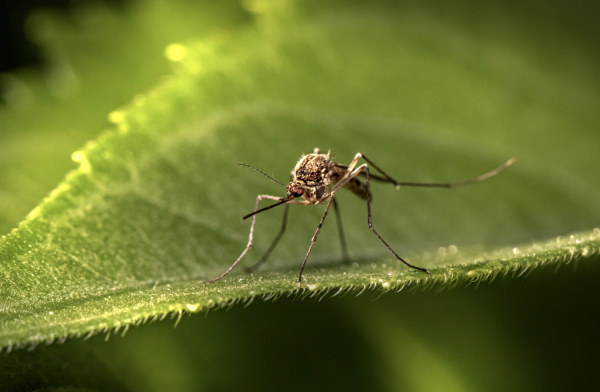COVID-19 Surges in New Mexico During October
The problem is contextualized here.
Since September 21, New Mexico has seen a sharp rise in COVID-19 cases, far surpassing any of the other surges and peaks that occurred in March or July. In a month, the state has seen the positivity rate go from around 2.03% to around 9.78%. Along with this, the state’s 7-day rolling average of positive cases has increased from 112.43 positive cases to 767.00 positive cases and the 7-day rolling average of COVID-19 deaths has increased from 3.29 deaths to 8.43 deaths. As of November 1st, 37.95% of positive cases that have been reported in Bernalillo County have been in people between the ages of 0-30 years old matching claims that the recent surge of COVID-19 cases throughout the country has been driven primarily by this age group. The majority of people in this demographic remain asymptomatic or only experience mild symptoms and are unaware that they may be spreading the virus throughout their communities. However, in many ways, New Mexico is in a worse state compared to many other states around the nation that are seeing increases.
To understand the severity of the COVID-19 problem in New Mexico, using data from New Mexico and scaling it up to a population the size of California’s illustrates the troubling rise in cases that New Mexico has been seeing.With a population nearly 19 times that of New Mexico, I was able to estimate the amount of positive COVID-19 cases that would be seen in California if their data was an exact copy of New Mexico’s. Using this model, in late October, New Mexico, if the population was equal to that of California, would have seen an estimated 20,314 positive COVID-19 cases reported in a single day. In the 7-days from October 27th to November 2nd, the rolling 7-day average of positive cases would be equal to 14,453 positive cases and an estimated 13,982 new positive COVID-19 cases would have been seen on November 2nd alone. The actual number of new positive COVID-19 cases seen in California on November 2nd was 5,181 positive cases and the current rolling 7-day average of positive cases from October 27th to November 2nd in California is 4,338 positive cases. Relatively speaking, New Mexico is in much worse shape than California.
Despite the small drop of reported cases in New Mexico in the first two days of November, COVID-19 is still out of control and poses a great danger to residents within the state. To help slow the spread of COVID-19, remember to wear a mask whenever in public (inside and outside), social-distance from others, practice good hygiene daily, minimize travel unless it is essential, and self-quarantine for 14 days after returning from high-risk states which as of October 28 include Alabama, Alaska, Arizona, Arkansas, California, Colorado, Connecticut, Delaware, District of Columbia, Florida, Georgia, Idaho, Illinois, Indiana, Iowa, Kansas, Kentucky, Louisiana, Maryland, Massachusetts, Michigan, Minnesota, Mississippi, Missouri, Montana, Nebraska, Nevada, New Jersey, North Carolina, North Dakota, Ohio, Oklahoma, Oregon, Pennsylvania, Puerto Rico, Rhode Island, South Carolina, South Dakota, Tennessee, Texas, Utah, Virginia, Washington, West Virginia, Wisconsin, Wyoming, and/or any international country.
***All raw data that is presented in this article was found on The COVID Tracking Project website, the New Mexico Department of Health’s website, the COVID-19 data being tracked by the New York Times, and the United States Census Bureau. All raw data was compiled into an Excel spreadsheet to calculate the various statistics found throughout the article. Due to the necessity of communication between the state of New Mexico and The COVID Tracking Project, numbers projected may be separated by one day, but the numbers accurately represent the COVID-19 situation in New Mexico up until November 2, 2020.***
COVID-19 Resources:
New Mexico’s Rapid Response COVID-19 Watchlist
New Mexico Department of Health’s Website
The Center for Disease Control and Prevention (CDC)







